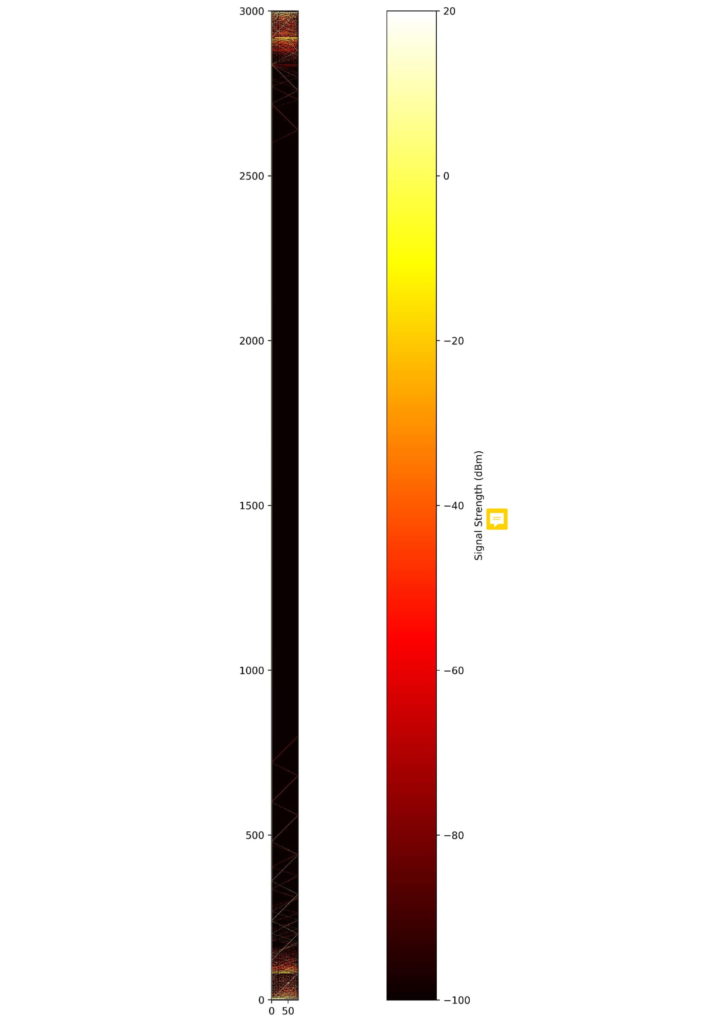The aim of this Final Year Project was to study and propose a model to contribute towards optimising wireless communication within the complex of the particle-accelerator tunnels operated by the European Organisation for Nuclear Research, better known as CERN (from the French Conseil européen pour la recherche nucléaire).
This study seeks to follow the development of a model based on a ray-tracing algorithm, to calculate the effects of radio propagation within the field of a tunnel environment. The simulator utilised in the project provided a heat map describing the signal intensity throughout the tunnels given a known transmitter location. Consequently, this facilitated the extracting of the knowledge required to be in a better position to model and plan the best transmitter locations towards optimising coverage. In addition to the aforementioned points, different scenarios were considered, and this was achieved by placing the transmitter at various locations within the context of this project. The overall electromagnetic interference map resulting from the propagation within the network was generated vectorially by combining the resulting propagation maps. This study presents the findings from the different scenarios created during the research process.
The motivation behind the project is to facilitate the work of staff operating within the accelerator-tunnel community, thus increasing the efficiency of their output. In the case of tunnels with considerable length, such as the Large Hardon Collider (which, being approximately 26km is currently the largest particle collider in existence) communication would be crucial in the day-to-day running of the tunnel. Therefore, the model being proposed would contribute towards improving communication between workers possibly located kilometres away from one another. Additionally, the model could also be used to pinpoint any faulty equipment inside a tunnel more effectively
Figure 2. Two ray transmitters placed in two corners of the 300m x 8m x 8m tunnel used in the project
While this project may seem to be bound to one particular tunnel environment, it could be repurposed in
various contexts. The project sought to develop a working analytical tool that would allow the replication of wireless propagation in any indoor environment. This would make it possible to easily modify the frequency of the waves, or to implement different materials by changing the dielectric constant.
This project also seeks to ensure that designers and planners of such networks would have all the information they would require in planning such networks. By simulating and testing each set-up, contributes towards eliminating guesswork in choosing different configurations.
Student: Christian Vella
Course: B.Sc. IT (Hons.) Computer Engineering
Supervisor: Dr. Gianluca Valentino


